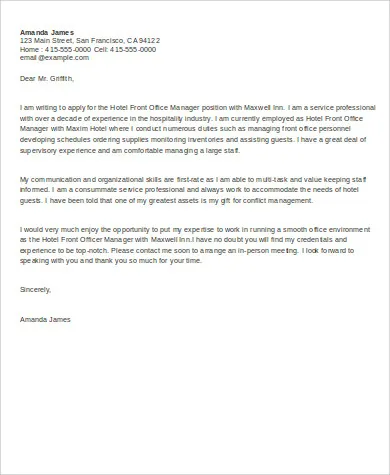Understanding the Office Manager Role
Before diving into the specifics of an office manager cover letter, it’s crucial to understand the role itself. An office manager is the linchpin of any smoothly functioning office, responsible for a wide array of administrative, organizational, and sometimes even human resources tasks. They are the go-to person, the problem-solver, and the glue that holds everything together. This multifaceted role demands strong organizational abilities, excellent communication skills, and a proactive approach to ensure the workplace runs efficiently. The office manager must be able to handle multiple tasks, prioritize effectively, and maintain a professional demeanor at all times. Understanding these demands allows you to tailor your cover letter to specifically address the employer’s needs and highlight your relevant skills.
Key Responsibilities of an Office Manager
The responsibilities of an office manager are diverse and can vary depending on the size and nature of the company. Common duties include managing office supplies, coordinating schedules, handling correspondence, managing vendor relationships, maintaining office equipment, and supporting other staff members. They may also be responsible for managing budgets, overseeing office renovations, and ensuring compliance with health and safety regulations. Some office managers even handle aspects of human resources, such as onboarding new employees or assisting with payroll. When crafting your cover letter, focus on the key responsibilities most relevant to the job description, emphasizing your experience and accomplishments in those areas. Refer to the image: office-manager-responsibilities.webp to grasp the major responsibilities.
Crafting Your Office Manager Cover Letter
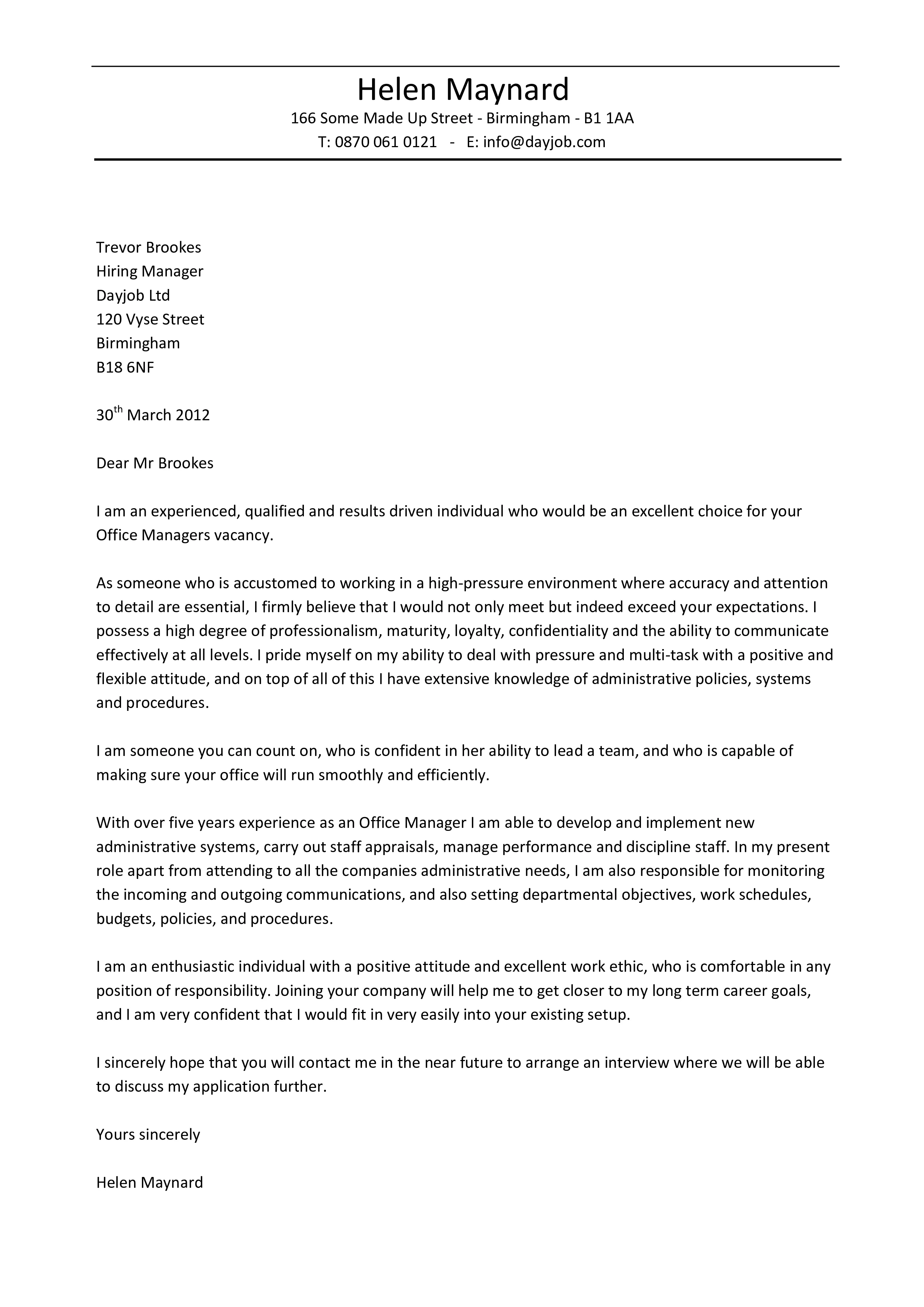
Your cover letter is your first opportunity to make a positive impression. It’s not just a summary of your resume, but a chance to demonstrate your personality, enthusiasm, and understanding of the job requirements. A well-crafted cover letter should be concise, compelling, and tailored to the specific position you’re applying for. It should clearly articulate your skills, experience, and how they align with the needs of the employer. The tone should be professional and confident, showcasing your ability to communicate effectively. The goal is to convince the hiring manager that you’re not only qualified but also the best candidate for the role. Always aim to provide specific examples and quantify your achievements whenever possible. Refer to the image: office-manager-cover-letter-template.webp
Header and Contact Information
The header of your cover letter should be clean and professional. Include your full name, address, phone number, and email address. Make sure your email address is professional (e.g., firstname.lastname@email.com). The date should also be included, usually placed below your contact information. Beneath this, include the hiring manager’s name, title, and the company’s address. Research the hiring manager’s name beforehand; addressing the letter to a specific person makes a more personal connection. Ensure all contact details are accurate. Refer to the image: cover-letter-header.webp
Greeting the Hiring Manager
The greeting sets the tone for your entire letter. Always start with a formal salutation. “Dear Mr./Ms./Mx. [Last Name]” is a solid choice if you know the hiring manager’s name. If you’re unsure of the name, “Dear Hiring Manager” is acceptable, but try to find the name. Avoid generic greetings like “To Whom It May Concern.” Demonstrating that you’ve taken the time to find out who will be reading your application shows initiative. This small step can significantly increase the impact of your letter. Refer to the image: hiring-manager-greeting.webp
Writing the Opening Paragraph
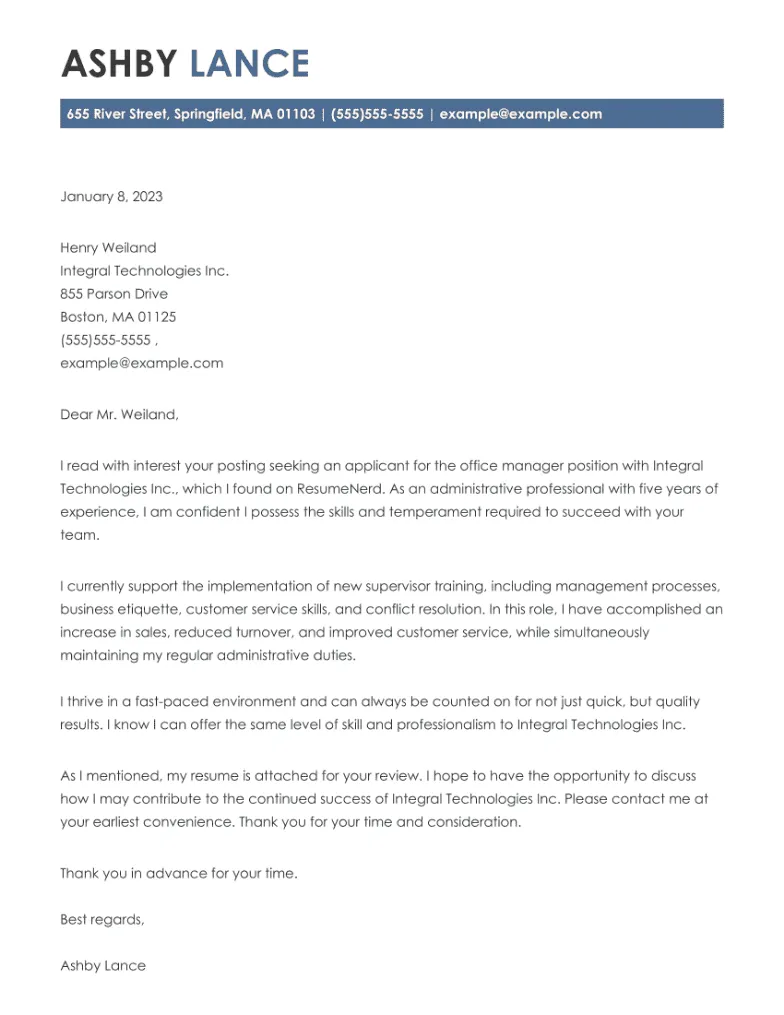
The opening paragraph is your hook; it needs to grab the reader’s attention immediately. Clearly state the position you’re applying for and where you found the job posting. Briefly mention why you are excited about the opportunity. You might also include a brief statement highlighting your most relevant skill or experience that aligns with the job requirements. The goal is to quickly convey your enthusiasm and make the reader want to learn more about you. Keep it concise and focused, setting the stage for the rest of the letter. Always tailor the opening to the specific job description.
Highlighting Relevant Skills and Experience
This is the heart of your cover letter, where you showcase your skills and experience. Focus on the skills and experiences most relevant to the job description. Use the job posting as your guide; identify the key requirements and demonstrate how your qualifications meet them. Provide specific examples of how you’ve used your skills in the past and what results you achieved. Quantify your achievements whenever possible; using numbers and metrics makes your accomplishments more impactful. For instance, instead of saying “Managed office supplies,” say “Reduced office supply costs by 15% by implementing a new inventory system.” Refer to the image: highlighting-skills.webp
Showcasing Achievements and Quantifiable Results
Employers are interested in what you can do for them, not just what you have done. Instead of simply listing your responsibilities, focus on your achievements and the impact you made in previous roles. Use the STAR method (Situation, Task, Action, Result) to structure your examples. Describe the situation, the task you were assigned, the actions you took, and the results you achieved. Quantifying your results is crucial. For instance, “Streamlined the accounts payable process, reducing processing time by 20% and minimizing errors.” Provide specific examples and use action verbs. Always align your examples with the job requirements.
Tailoring Your Cover Letter to the Job Description
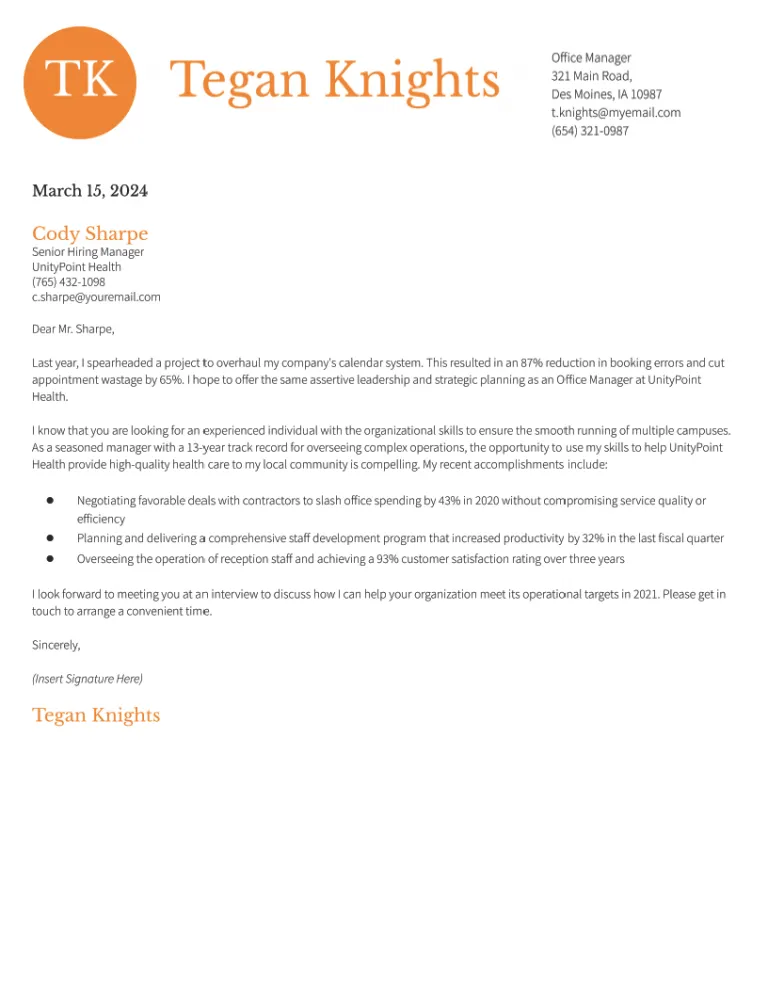
Never use a generic cover letter. Customize each letter for the specific job you’re applying for. Carefully read the job description and identify the key skills, experience, and qualifications the employer is seeking. Then, tailor your letter to directly address these requirements. Use the same keywords and phrases used in the job description, where appropriate. Show how your skills and experience align with the specific needs of the employer. This demonstrates that you’ve taken the time to understand the role and are genuinely interested in the opportunity. This is the most essential part of a successful cover letter.
Mentioning Company Culture and Values
Demonstrate your understanding of the company’s culture and values. Research the company before you apply and, if possible, mention how your values align with theirs. Briefly discuss why you are interested in working for this specific company and what you admire about them. This can demonstrate your enthusiasm and show that you’ve taken the time to understand their mission and goals. Consider mentioning any company events or initiatives that resonate with you. This demonstrates your interest and increases your chances of getting noticed.
Expressing Enthusiasm and Interest
Throughout your cover letter, express genuine enthusiasm and interest in the position. Let your personality shine through, while maintaining a professional tone. Explain why you are excited about the opportunity and what you hope to achieve. Show that you’re not just looking for a job, but also for a place where you can contribute and grow. This makes a significant impact. Make your letter as engaging as possible by using active and energetic language, conveying your passion and desire to excel. Show that you’re confident and ready to take on the challenge.
Structuring Your Cover Letter Body
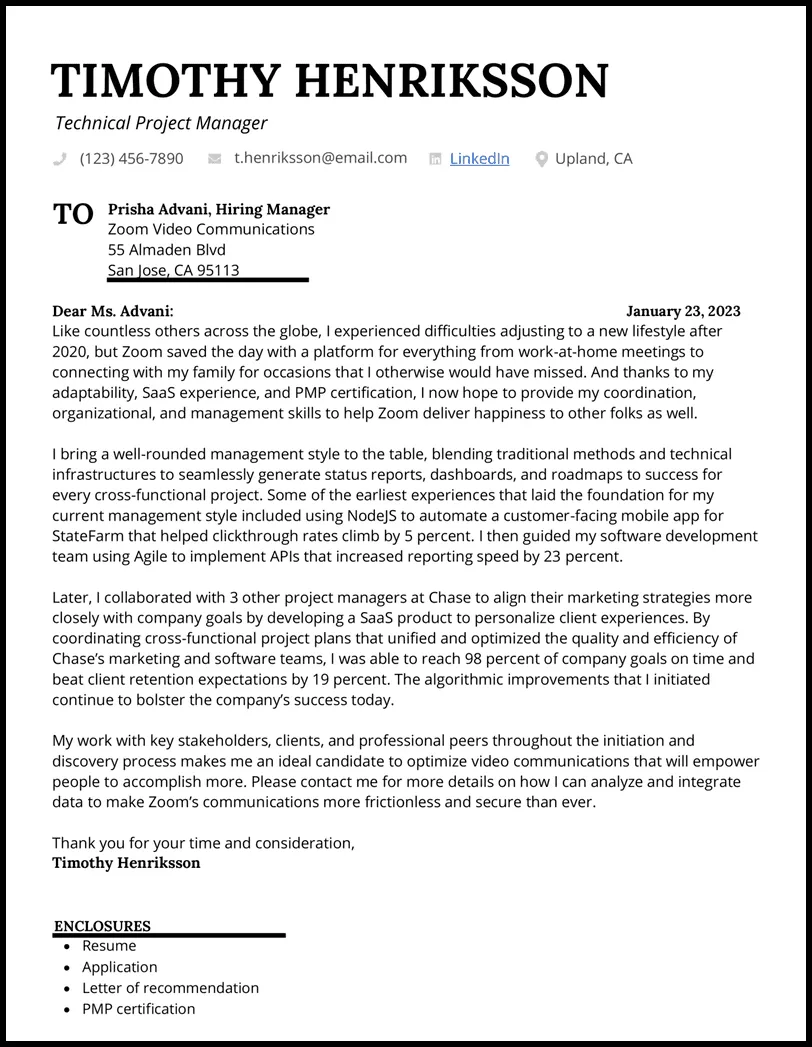
Structure your cover letter in a way that is easy to read and understand. Use clear and concise language, with short paragraphs and bullet points where appropriate. The body of the letter should be organized into logical sections, such as an opening paragraph, a section highlighting your skills and experience, a section showcasing your achievements, and a closing paragraph. Use headings and subheadings to break up the text and make it visually appealing. Focus on highlighting the most relevant information first, and ensure a smooth flow of information.
The Closing Paragraph
The closing paragraph is your final opportunity to leave a lasting impression. Reiterate your interest in the position and summarize your key qualifications. Include a call to action, such as expressing your eagerness to discuss your application further in an interview. Thank the hiring manager for their time and consideration. End with a professional closing, such as “Sincerely,” or “Best regards.” Before submitting, proofread your cover letter to ensure there are no grammatical errors or typos. Make sure your contact information is up-to-date, and ensure it has a professional appearance.
Proofreading and Editing
Proofreading and editing are crucial steps in the cover letter writing process. Carefully proofread your cover letter for any spelling, grammatical, or punctuation errors. These errors can create a negative impression and undermine your credibility. Check the formatting and ensure it is consistent throughout the document. Consider having a friend, family member, or career advisor review your cover letter for feedback. They can often catch errors that you might miss. Ensure all your contact details are correct and up to date. A polished and error-free cover letter demonstrates your professionalism and attention to detail.
Formatting and Design Tips
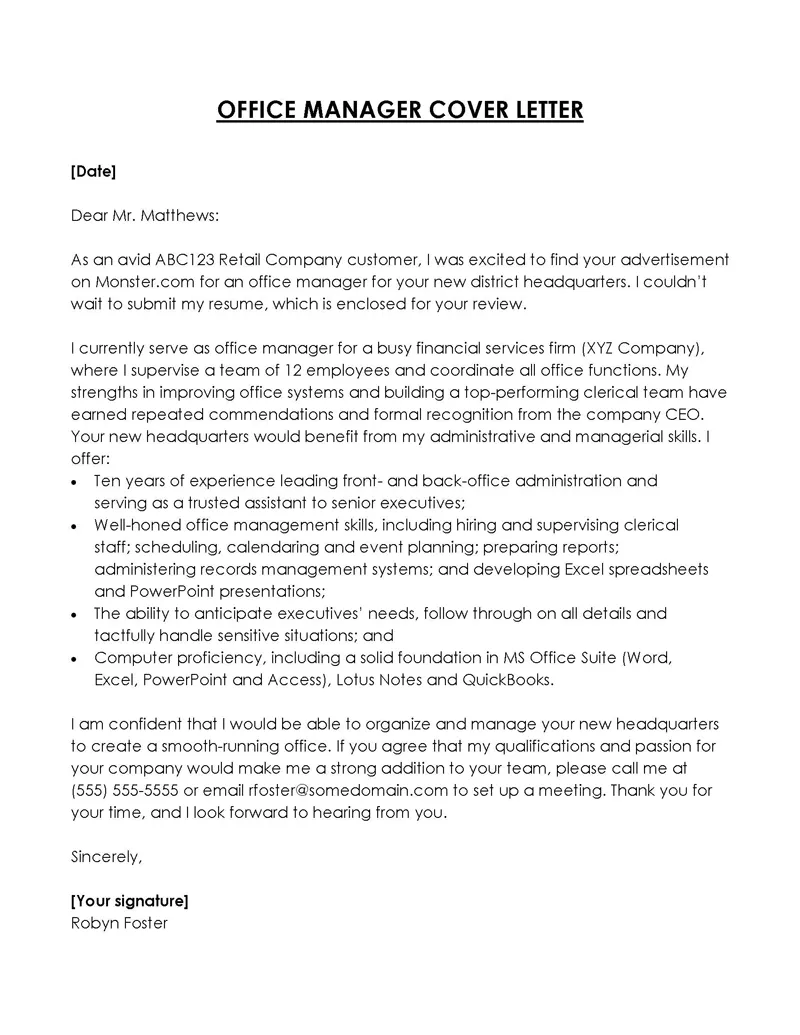
The formatting of your cover letter is just as important as the content. Use a professional font, such as Times New Roman, Arial, or Calibri, in a readable size (e.g., 11 or 12 points). Use single-spaced lines, with a space between each paragraph. Keep the letter concise, ideally one page long. Use clear headings and subheadings to organize the information. Avoid using excessive colors, fonts, or special effects. Ensure that the margins are standard (1 inch on all sides). A clean and well-formatted cover letter is easy to read and enhances your professionalism. Make sure it is easy to scan and quickly grasp the main points.
Cover Letter Templates and Examples
Using a cover letter template can be a helpful starting point, but always customize it to fit the specific job. Search online for office manager cover letter templates; many free options are available. However, don’t simply copy a template. Use it as a foundation and customize it with your own information, skills, and experience. Review examples of successful cover letters for inspiration, paying attention to the structure, language, and tone. Adapt the examples to match your own qualifications and the requirements of the job. Remember, your cover letter should be unique and reflect your individual strengths and experiences.
Common Mistakes to Avoid
Avoid making common mistakes that can hurt your chances of getting hired. Do not use a generic cover letter for all applications. Do not include irrelevant information that does not pertain to the job. Avoid typos, grammatical errors, and poor formatting. Don’t be overly boastful or use clichés. Never lie or exaggerate your qualifications. Avoid being negative or critical of previous employers. Don’t ramble on; keep your letter concise and focused. Take care to address any gaps in employment that you have; be honest and straightforward.
Using Action Verbs
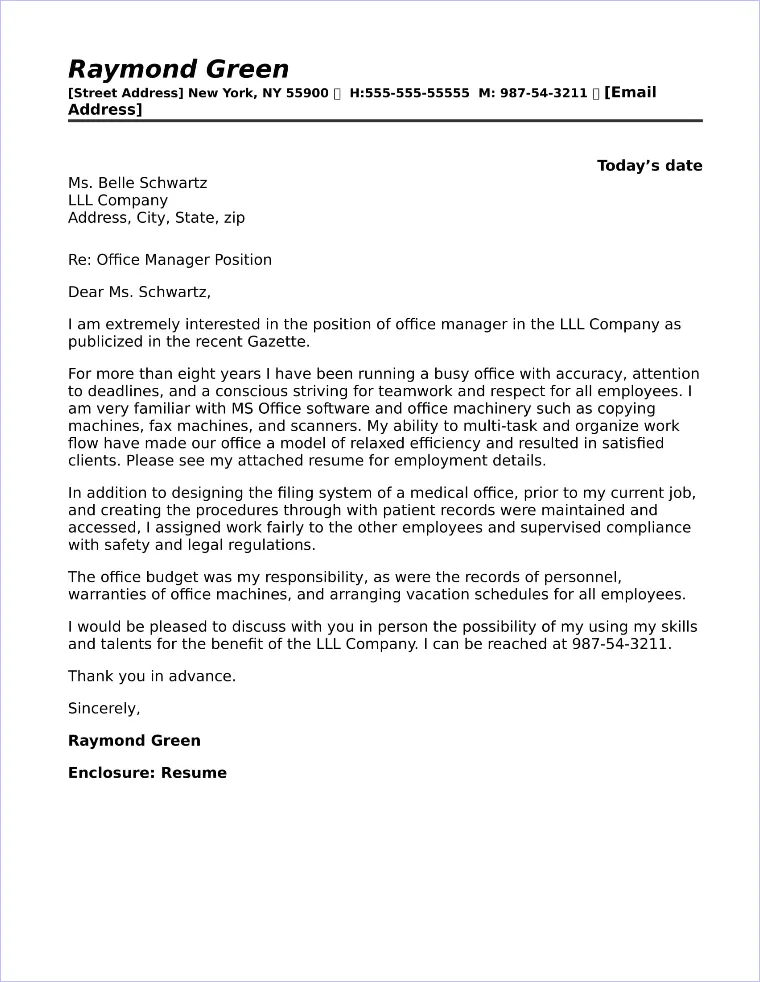
Using strong action verbs can make your cover letter more compelling and impactful. Action verbs create a sense of energy and demonstrate your ability to take initiative. Instead of saying “Responsible for,” use action verbs such as “Managed,” “Implemented,” “Coordinated,” “Streamlined,” “Developed,” and “Achieved.” Use a variety of action verbs to keep your letter engaging and showcase your diverse skills. Refer to the image: action-verbs-cover-letter.webp to help you create this aspect of the letter.
Formatting for Applicant Tracking Systems (ATS)
Many companies use Applicant Tracking Systems (ATS) to screen resumes and cover letters. To ensure your cover letter is ATS-friendly, follow these guidelines. Use a simple and clean format, avoiding complex designs or graphics. Use a standard font, such as Arial or Times New Roman. Avoid using tables, columns, or text boxes. Use clear headings and subheadings. Include relevant keywords from the job description, but do not stuff your letter with keywords. Save your cover letter as a .doc or .docx file to maximize compatibility. Refer to the image: ats-cover-letter.webp to help you create this aspect of the letter.
Submitting Your Cover Letter
Before submitting your cover letter, double-check everything. Ensure that you have addressed the letter to the correct hiring manager and company. Proofread your cover letter one last time for any errors. Make sure your contact information is accurate. Save your cover letter as a .doc or .docx file, unless the job posting specifies a different format. Follow the instructions in the job posting regarding how to submit your application. If the job posting asks for a specific file name, use it. After submitting your application, follow up with the employer if the job posting allows it. Good luck with your job search! Refer to the image: cover-letter-submission.webp.
